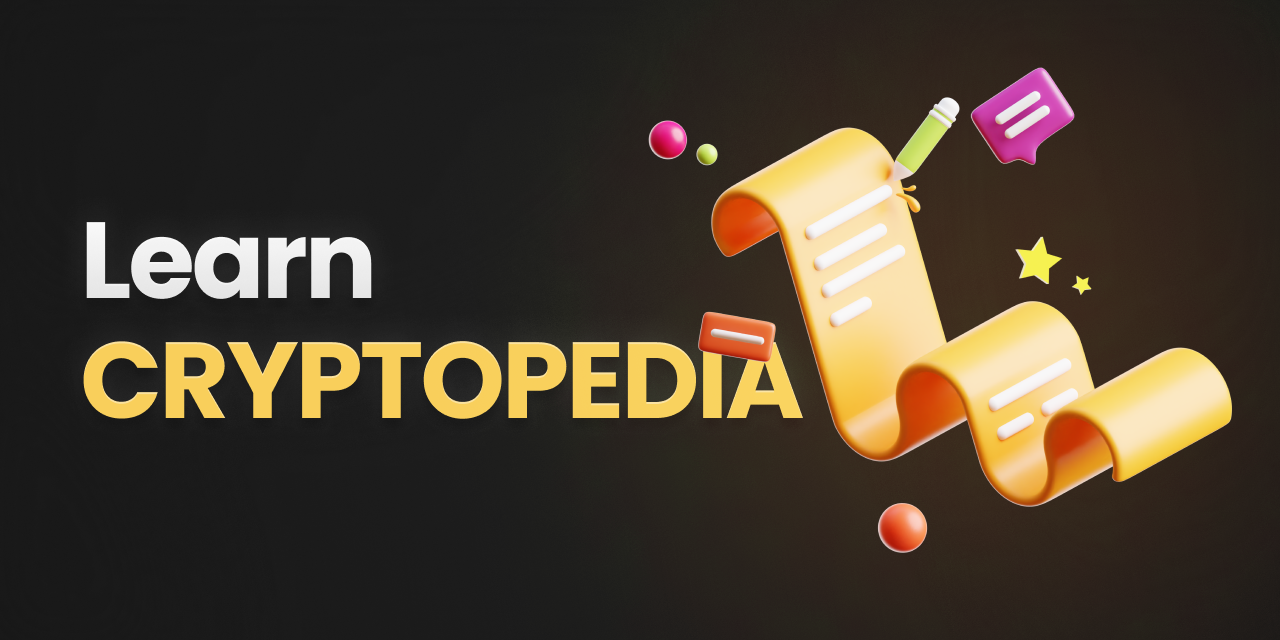HoxDEX
Blog & News

Oct 21st 2022
Blockchain
A blockchain is a distributed, decentralized and public ledger. As the name suggests, a blockchain consists of several batches of data, known as blocks. Each block can hold a specific amount of data. The blocks link together with the help of hash functions to become a chain.
The blockchain is an append-only data structure. It can change only by adding new blocks. Once a newly added block receives confirmation, it is impossible to modify, edit, or delete it in any way. A timestamp, added to each block, makes them immutable.
Blockchain achieves its security through equal distribution. All the computer nodes over the network have the exact same copy of the distributed ledger. Decentralization is another equally important property. Unlike traditional databases, it does not have a centralized authority for maintenance. Instead, it relies on a consensus mechanism to operate. Therefore, blockchain technology is also known as distributed ledger technology or DLT.
Consensus Mechanisms allow participants to reach an agreement on the state of the blockchain. Consensus mechanisms depend upon certain operators to operate them. For example, the proof-of-work mechanism depends upon miners and the proof-of-stake mechanism depends upon validators. These operators are responsible for adding new blocks to the chain. The operators receive a reward for successfully adding a block. However, in case of dishonest behavior, they receive financial punishment.
Blockchain has many uses from supply chain management to the Internet of Things. However, its most important use is in the field of decentralized finance or cryptocurrency. Cryptocurrencies such as Bitcoin operate on the principle of blockchain.






